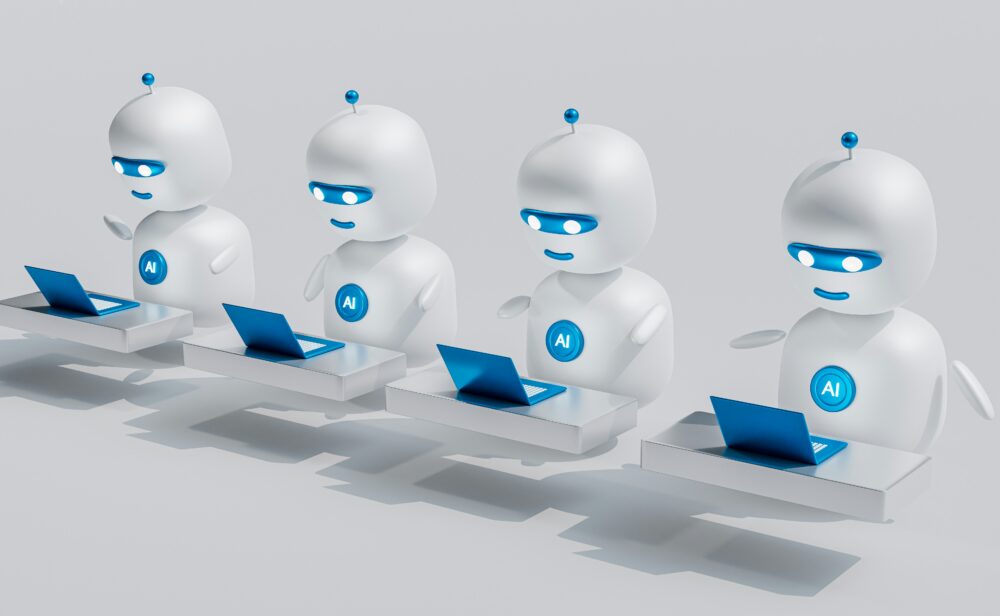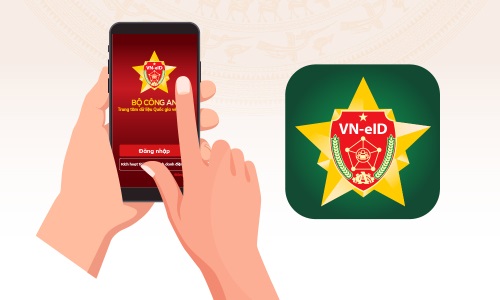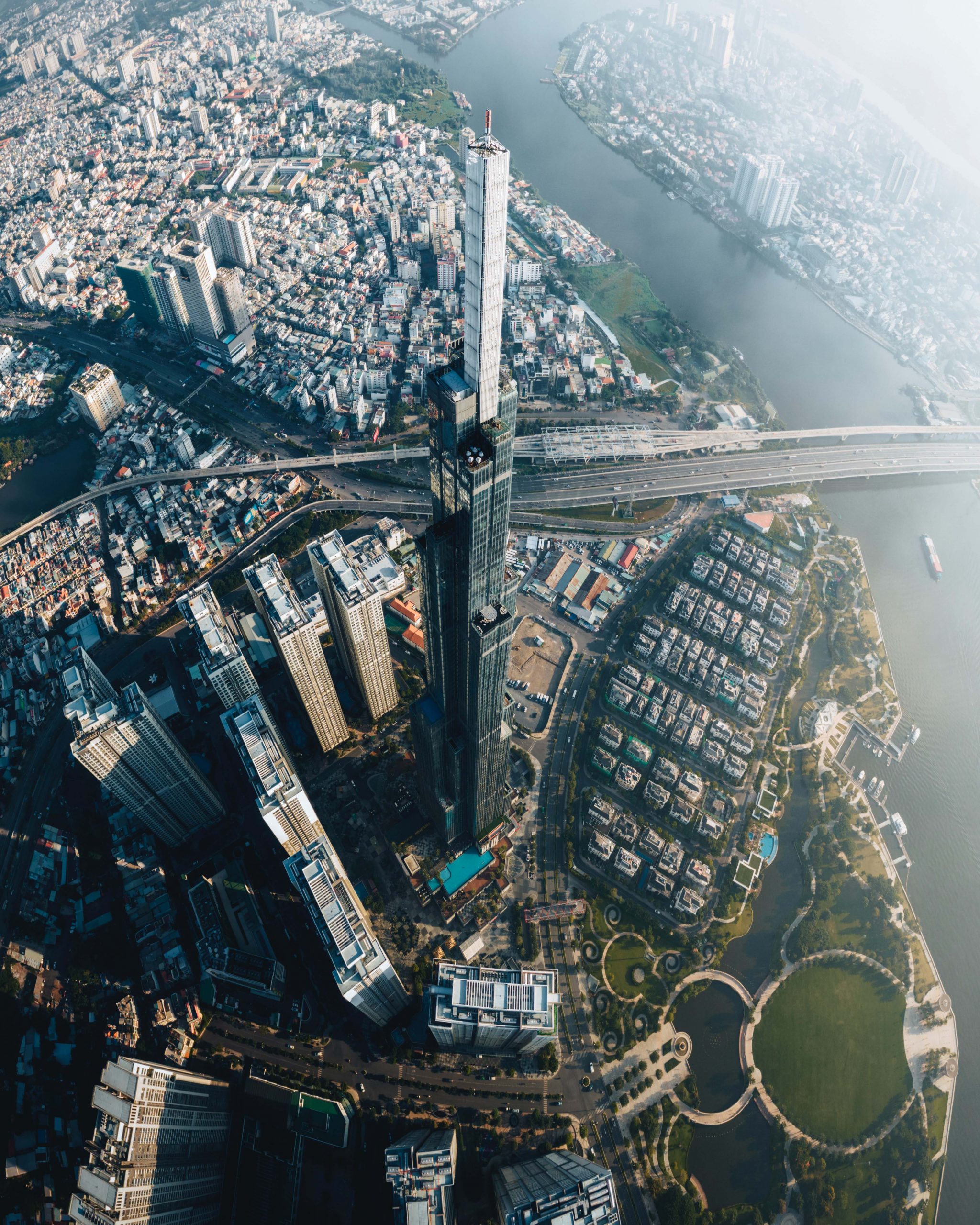1. Treaties and reciprocal agreements
So far (Until now), Vietnam is a member of the following international agreements in the area of intellectual property laws:
- the Agreement on Trade-Related Aspects of Intellectual Property Rights (TRIPS Agreement) and its relevant implementing regulations;
- the Paris Convention for the Protection of Industrial Property;
- the Berne Convention;
- the Madrid Agreement concerning the International Registration of Marks;
- the Madrid the Protocol Relating to the Madrid Agreement Concerning the International Registration of Marks;
- the Rome Convention for the Protection of Performers, Producers of Phonograms and Broadcasting Organizations;
- the Patent Cooperation Treaty;
- the International Convention for the Protection of New Varieties of Plants;
- Hague Agreement Concerning the International Registration of Industrial Designs.
2. Main national legislations governing IP matters
Listed hereunder are the major legal instruments for protection and enforcement of intellectual property rights in the country (Vietnam):
- Civil Code 2015 passed by the National Assembly in November 2015 and effective from 1 January 2017 and its implementing regulations;
- Civil Procedure Code 2015 passed by the National Assembly in November 2015 and effective from 1 July 2016, providing processes and procedures for the settlement of civil affairs and enforcement of civil judgments and its implementing regulations;
- Criminal Code 2015 of the National Assembly, enacted in November 2015, amended and supplemented in 2017, and effective from 1 January 2018 and its implementing regulations;
- Criminal Procedure Code 2015 of the National Assembly, enacted in November 2015 and effective from 1 January 2018 providing processes and procedures for institution of legal proceedings, investigation, prosecution, and enforcement of criminal judgments and its implementing regulations;
- Intellectual Property Law 2005 passed by the National Assembly on 29 November 2005 and came into force on 1 July 2006, and then amended and supplemented pursuant to Law No. 36/2009/QH12 of 19 June 2009 and Law No. 42/2019/QH14 (Vietnam IP Law) and its implementing regulations;
- Competition Law 2018 of the National Assembly, enacted in June 2018 and effective from 1 July 2019 and its implementing regulations;
- The Customs Law 2014 of the National Assembly, enacted in June 2014 and effective as of 1 January 2015 and its implementing regulations;
- Law on Information Technology No. 67/2006/QH11 passed by the National Assembly on 29 July 2006 and came into force on 1 January 2007 and its implementing regulations;
- Cinematography Law passed by the National Assembly on 29 June 2006 and came into force on 1 January 2007, and then amended in 2009 and its implementing regulations;
- Law on Handling Administrative Violations No. 15/2012/QH13 of the National Assembly, ratified on 20 June 2012 and entered into force on 1 July 2013 and its implementing regulations;
3. What are intellectual property rights under Vietnamese IP laws?
Intellectual property (IP) is a term referring to a brand, invention, design or other kind of creation, which a person or business has legal rights over. Almost all businesses own some form of IP, which could be a business asset. Common types of IP includes:
- Copyright;
- Patents;
- Industrial designs;
- Trademarks
4. Copyright
Copyright means the right of an organisation or individual to works which such organisation or individual created or owns. The subject matter of copyright consists of literary, artistic and scientific works. The subject matter of copyright-related rights consists of performances, audio and visual fixation, broadcasts and satellite signals carrying coded programmes.
Registration of copyright is advisable and can be made with the National Copyright Office, which is a subsidiary organisation of the Ministry of Culture, Sport and Tourism.
Vietnam is a signatory to the Berne Convention on copyright. This sets the minimum protection at 50 years from publication for cinematographic works, photographic works, dramatic works, works of applied art and anonymous works, and at 50 years after the death of the author for other works.
Computer programs are included within copyright legislation in Vietnam where ‘computer programs as such’ can not be patented.
5. Patents, utility solutions
A patent is defined as a technical solution in the form of a product or process, which is intended to solve a problem by the application of natural laws. Certain subject matters are not patentable, including scientific discoveries, theories, mathematic methods, aesthetic solutions, animal varieties and methods of human/animal disease prevention, diagnosis and treatment, and so on.
Vietnam’s patent law operates under the ‘first to file’ principle – if two people applied for a patent on an identical invention, the first one to file the application would be awarded the patent.
A patent is eligible for protection in the form of the grant of an invention patent when it satisfies the following conditions:
- It is novel.
- It is of an inventive nature.
- It is susceptible of industrial application.
Unlike many other jurisdictions, Vietnam distinguishes between patents (sometimes called ‘invention patents’) and utility solution patents (known elsewhere as ‘utility models’ or ‘minor patents’). Rules for utility solution patents are similar to those for invention patents, but the item is not required to demonstrate an ‘inventive step’. Accordingly, a technical solution or product will be protected in the form of the grant of a utility solution when it satisfies the following conditions:
- It is novel.
- It is susceptible of industrial application.
Invention patents give protection for a maximum of 20 years, while utility solution patents are valid for ten years.
6. Industrial designs
An industrial design means the outward appearance of a product embodied in three-dimensional configuration, lines, colours or a combination of such elements.
An industrial design will be eligible for protection when it satisfies the following conditions:
- It is novel.
- It is of a creative nature.
- It is susceptible of industrial application.
The law gives protection for industrial designs for a maximum of five years, renewable for two consecutive periods of five years.
7. Trademarks
The trademark system operates in a similar way to countries, protecting symbols, colours and other visual devices used to identify a business’ products or services, now including three-dimensional objects. It can be in the form of letters, words, pictures, figures, three-dimensional figures or a combination thereof, and in one or more colours. Trademarks include service, certification and collective marks.
A trademark will be refused registration if it is:
- Indistinctive (such as simple geometric symbols).
- Identical or confusingly similar to a state flag or emblem.
- A symbol that merely indicates matters of time, quantity, quality, or characteristics of the goods or services (that is, a descriptive mark).
- Deceptive to consumers.
- A generic symbol or emblem.
- Confusingly similar to a registered mark or the subject of a prior application, a mark considered famous, widely used and recognised, or registered to a protected geographic location, or a registered industrial design.
- Contrary to the interests of society, public order or humanitarian principles.
A trademark is valid for ten years after which it may be renewed indefinitely for further ten-year periods.
8. Unfair competition
Under IP laws, the following acts shall be deemed to be acts of unfair competition:
(a) Using commercial indications to cause confusion as to business entities, business activities or commercial origin of goods or services;
(b) Using commercial indications to cause confusion as to the origin, production method, utilities, quality, quantity or other characteristics of goods or services; or as to the conditions for provision of goods or services;
(c) Using marks protected in a country which is a contracting party to a treaty of which the Socialist Republic of Vietnam is a member and under which representatives or agents of owners of such marks are prohibited from using such marks, if users are representatives or agents of the mark owners and such use is neither consented to by the mark owners nor justified;
(d) Registering or possessing the right to use or using domain names identical with, or confusingly similar to, protected trade names or marks of others, or geographical indications without having the right to use, for the purpose of possessing such domain name, benefiting from or prejudicing the reputation and popularity of the respective mark, trade name or geographical indication Procedures for handling unfair competition relating to IP is governed mainly by Vietnam’s Competition Law of 2018.
9. Enforcing IP rights in Vietnam
There are three levels at which rights may be enforced in Vietnam:
- Administrative action: There are various authorities with special responsibilities and functions. Sanctions may include warnings, fines, the seizure or destruction of the counterfeit goods, business license suspension and re-exportation of infringed imported or transit goods out of Vietnam. Administrative actions are both cost-effective and time-efficient. This is the most common solution for right-owners to handle IP infringement. However, it is only a good way to deal with small-scale infringers. To larger-scale infringers, it will be good option when the IP right holders want to immediately stop ongoing IPR infringement rather than compensation.
- Civil litigation: Although the number of IP dispute is relatively rare, it is increasing in recent years. Preliminary injunctions and compensation for damages are available through the civil courts. Damages are often calculated based on the amount of lost sales or the infringer’s profits. However, when the actual amount of damages owed can not be determined, the maximum amount the court can award in damages is VND 500 million (approximately EUR 18,000).
- Criminal prosecution: The government authorities and rights owners can bring prosecutions. Penalties can involve fines, imprisonment and even the death penalty in serious, organised or business-related cases. However, due to lack of guidance and the inconsistency in the legal system, criminal action is not usually feasible in practice. The cost of criminal prosecution is borne by the authorities, and a favourable ruling could be a valuable deterrent to potential future infringers. It usually takes twelve (12) months for a criminal trial proceeding and another twelve (12) months for an appeal proceeding to be completed.
If you have any questions or require any additional information, please contact Apolat Legal – An International Law Firm in Viet Nam.
This article is for general information only and is not a substitute for legal advice.





































